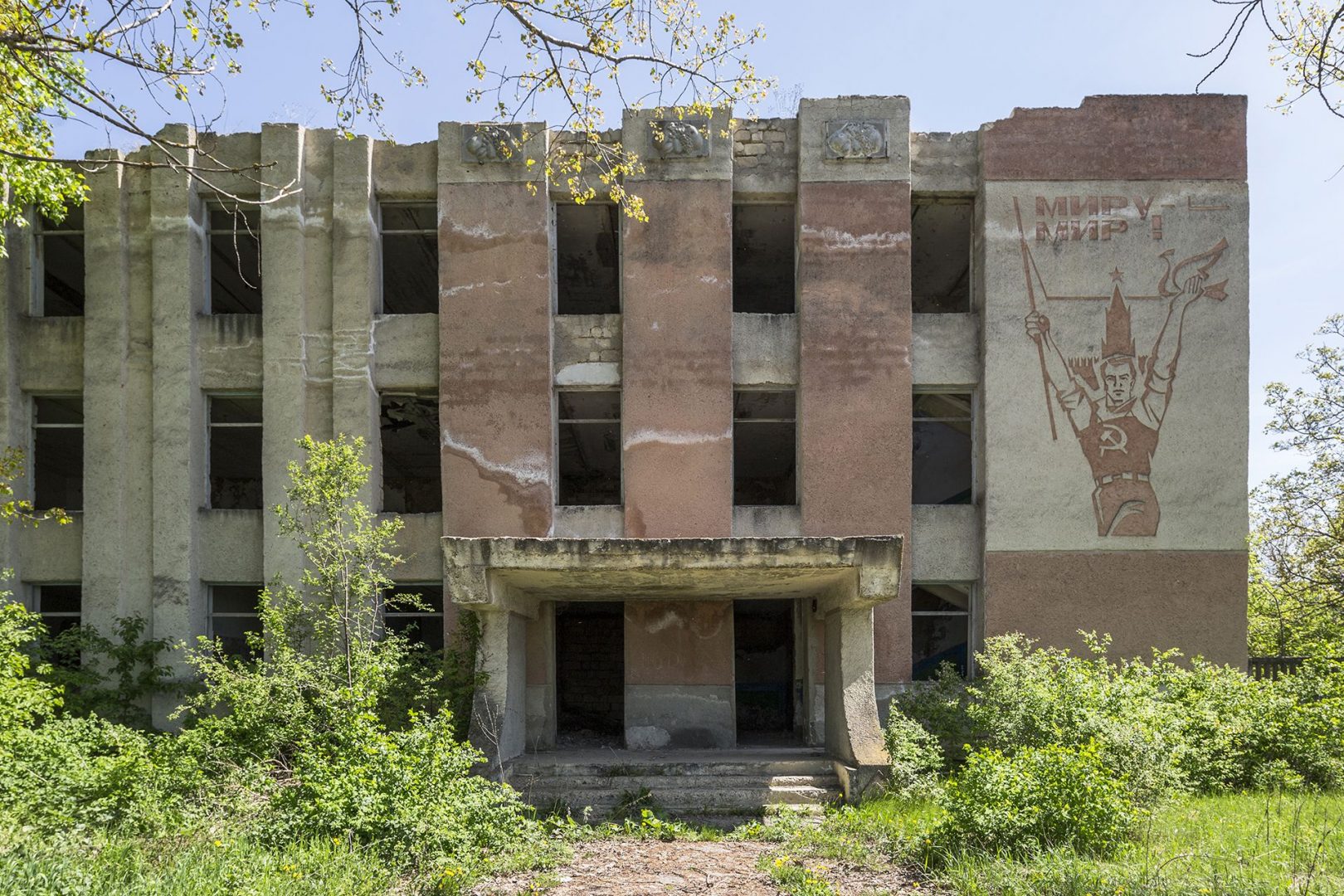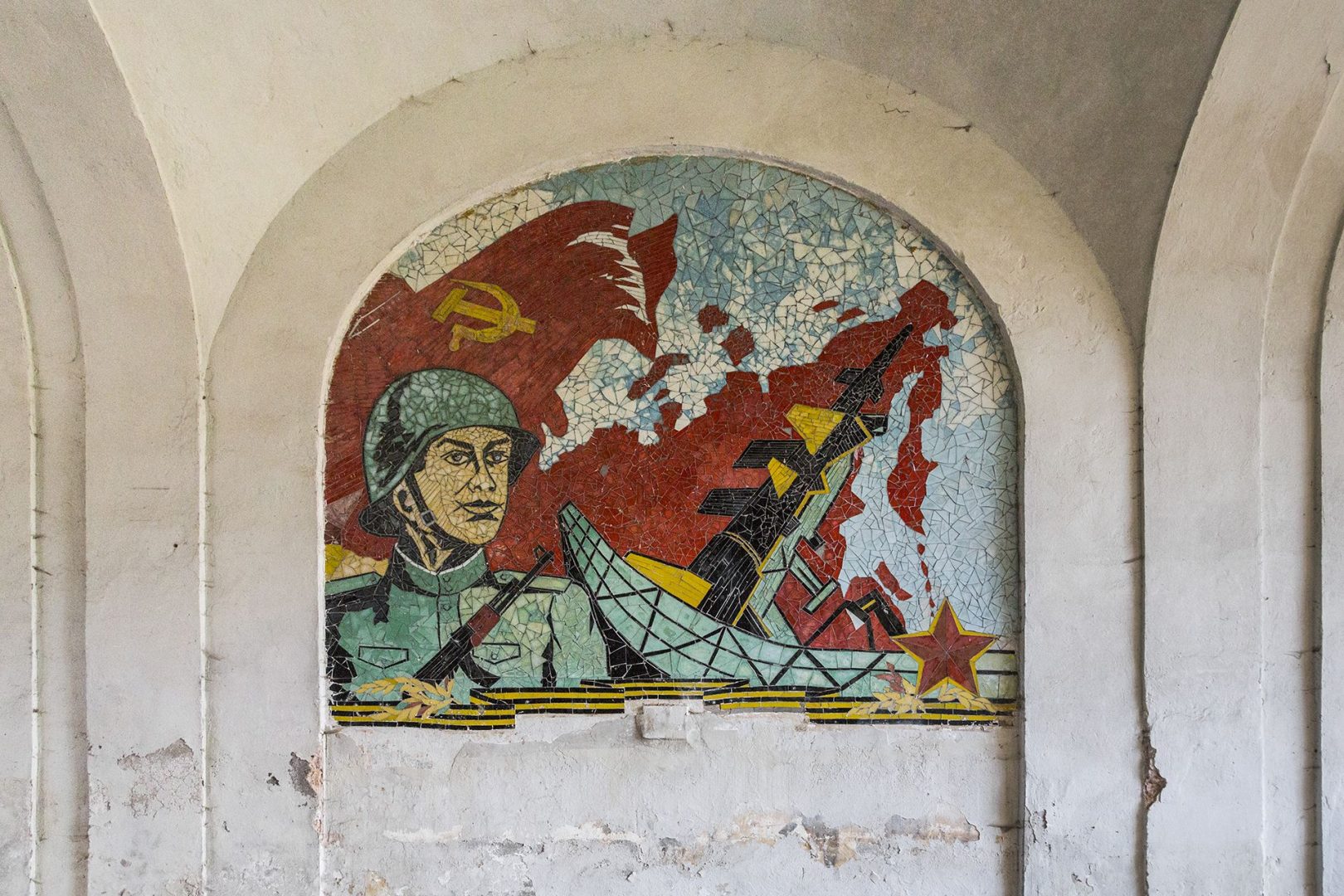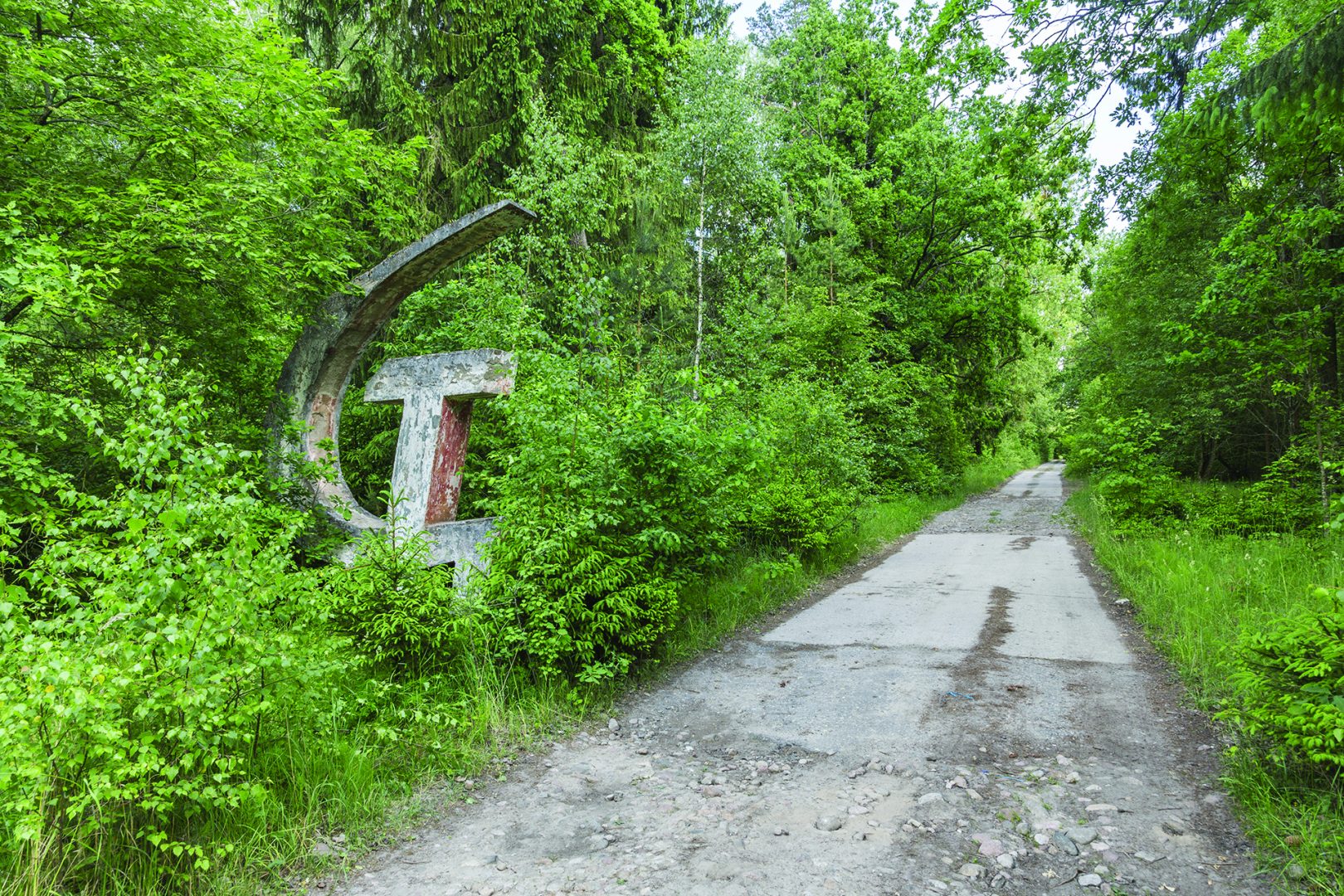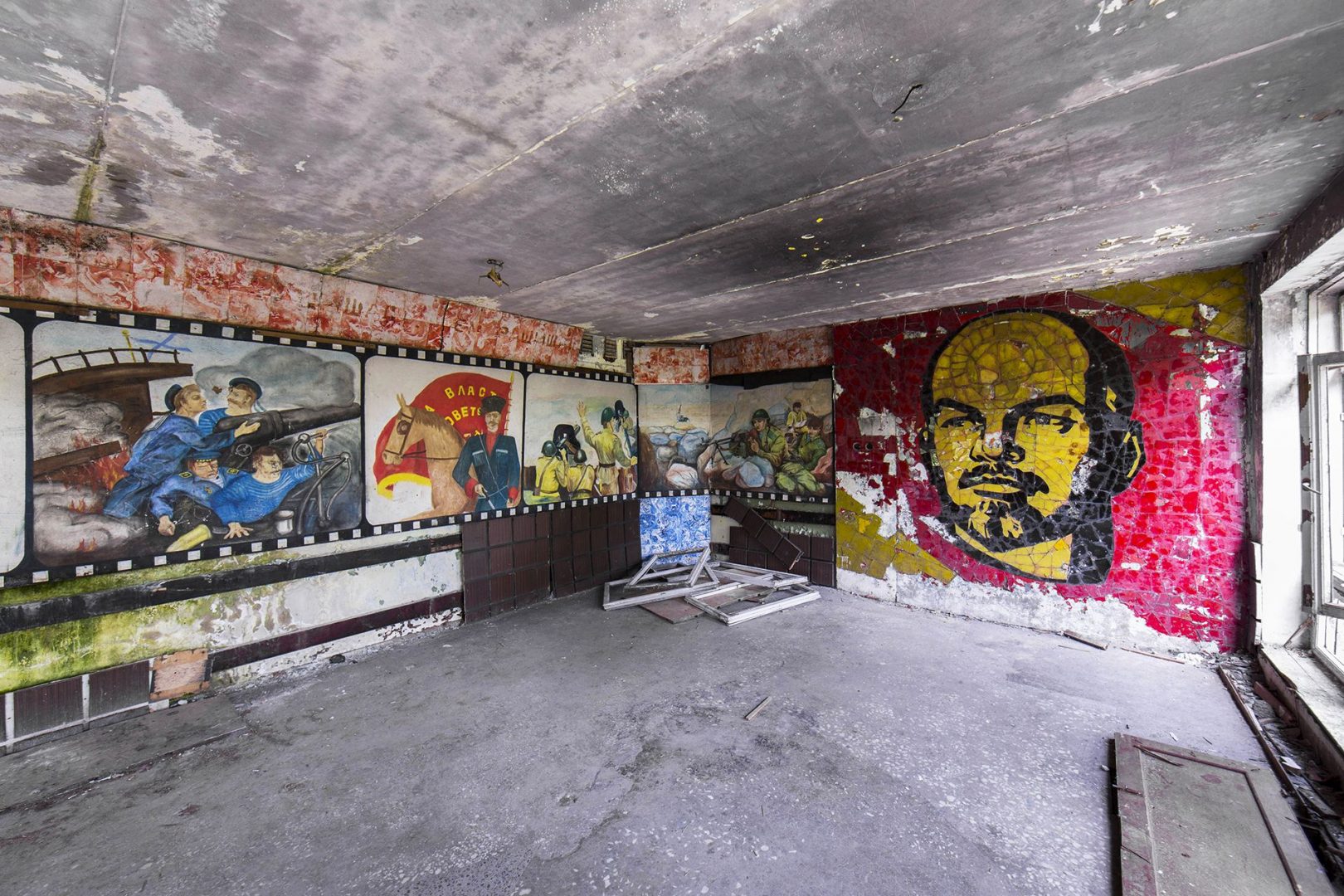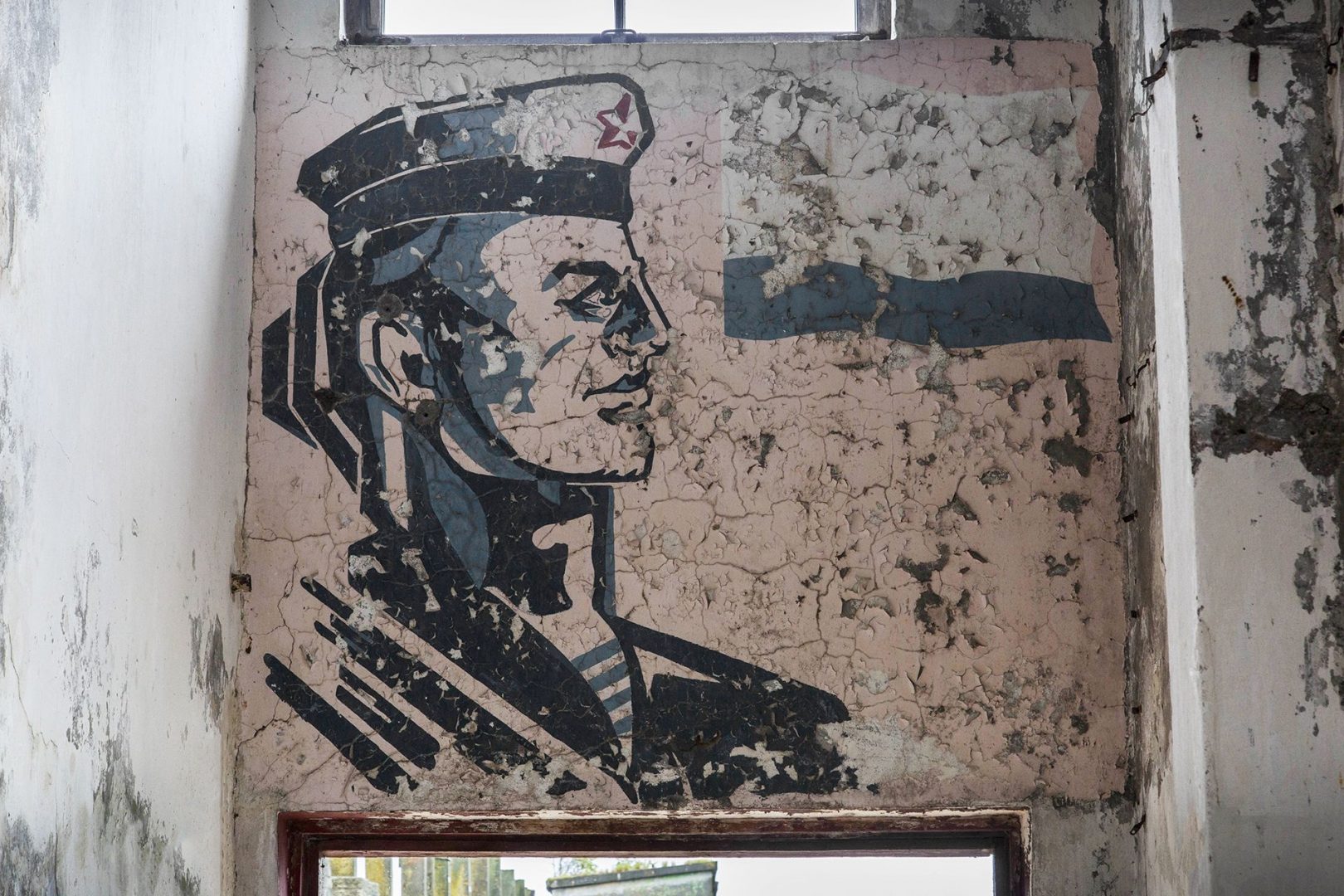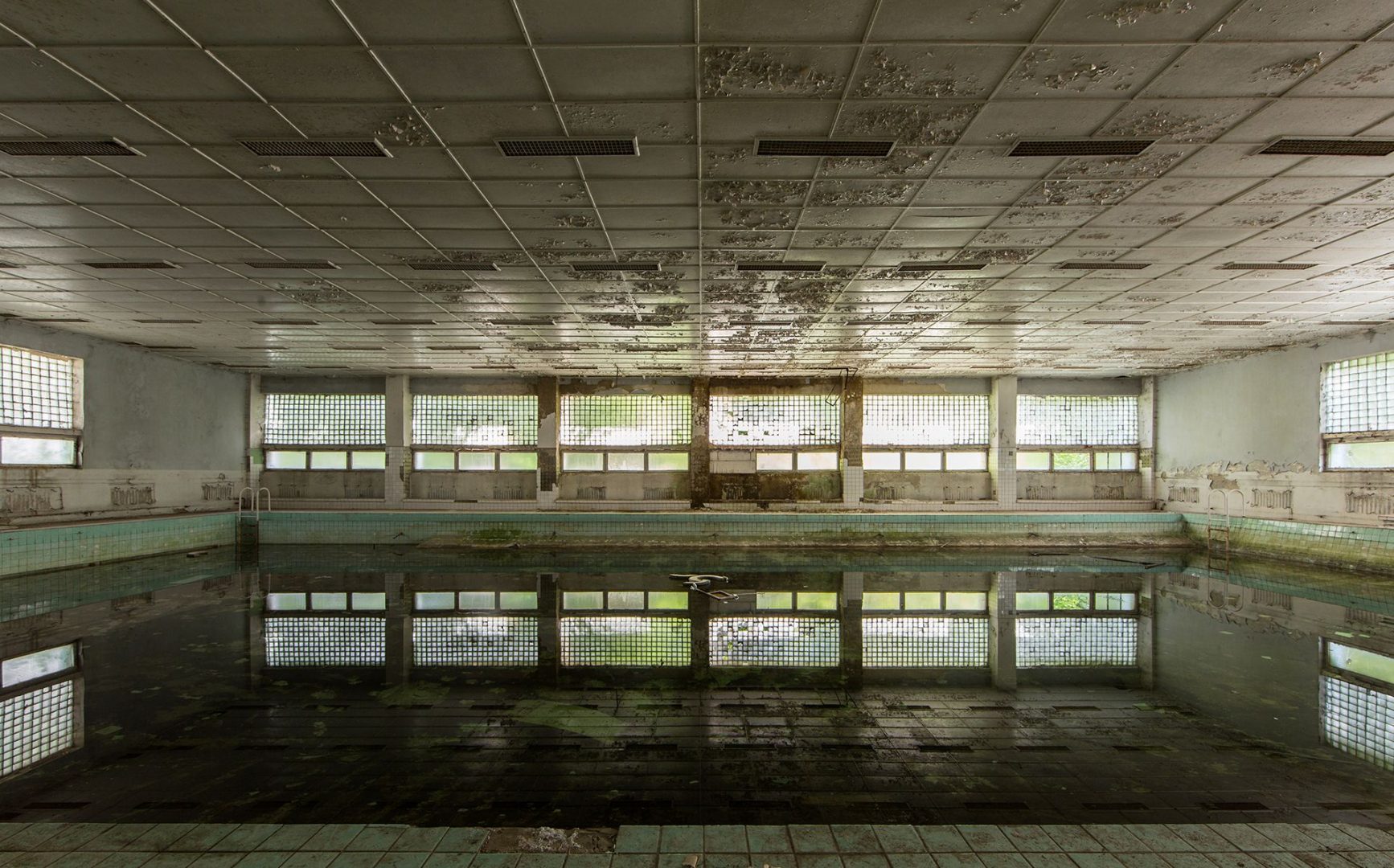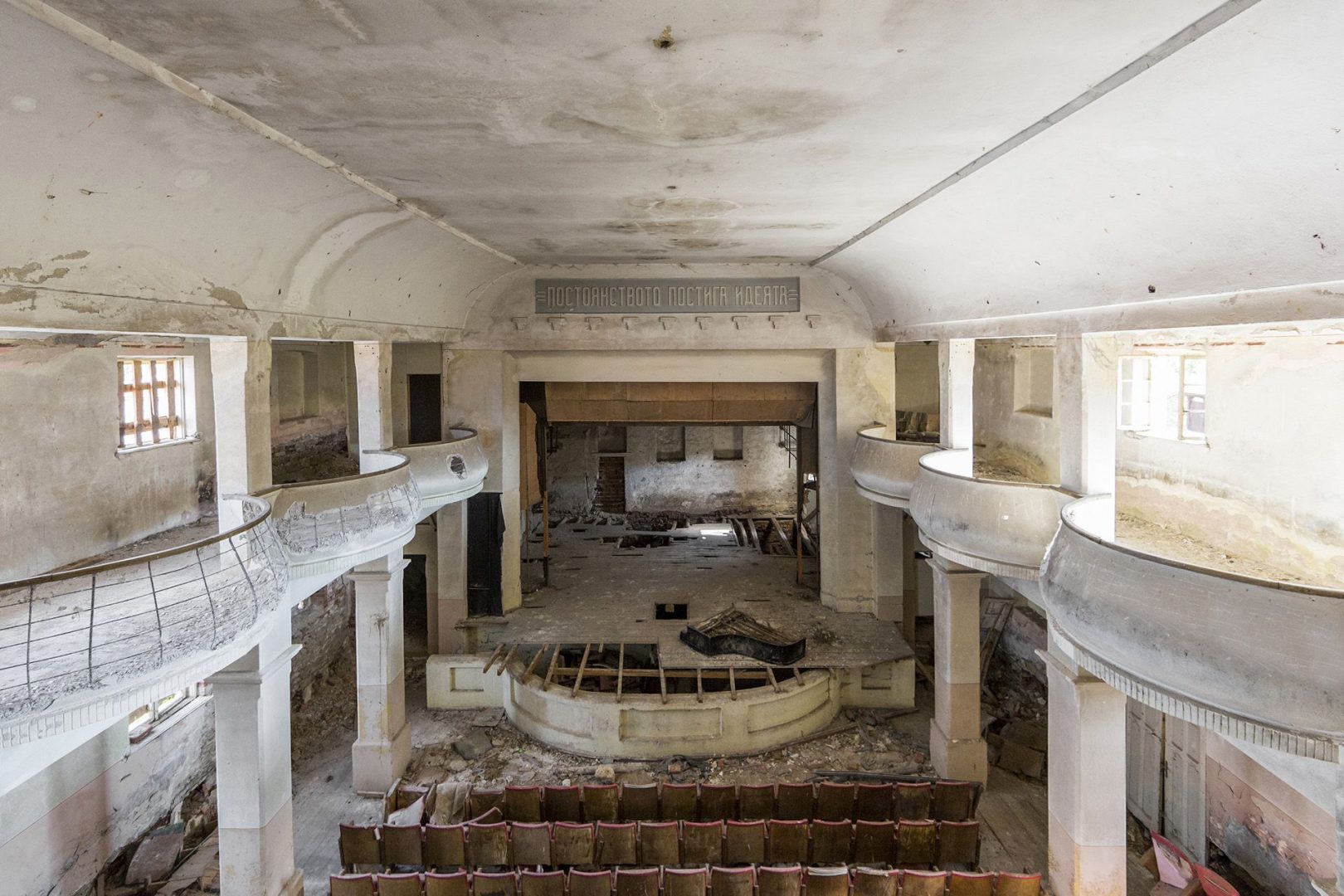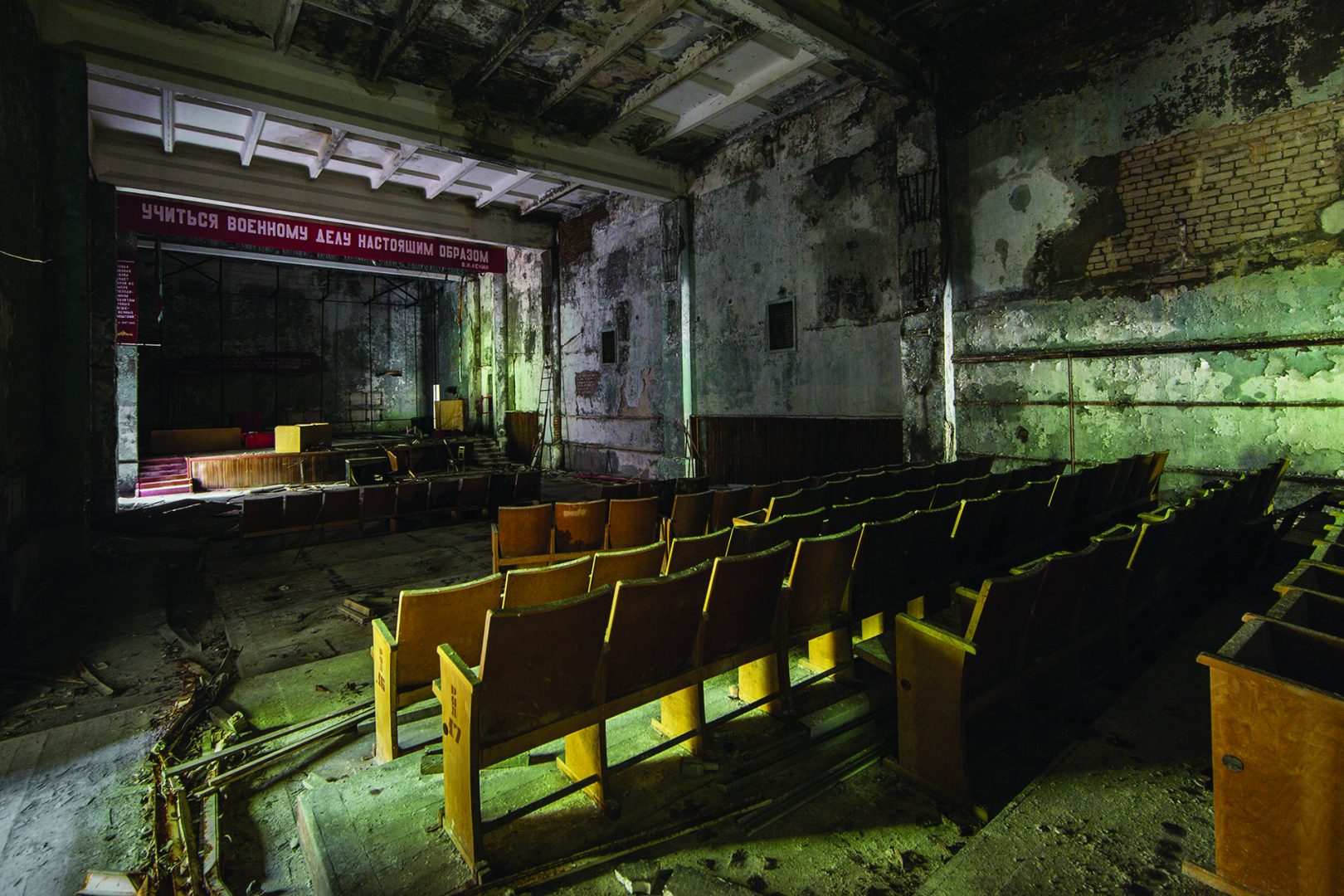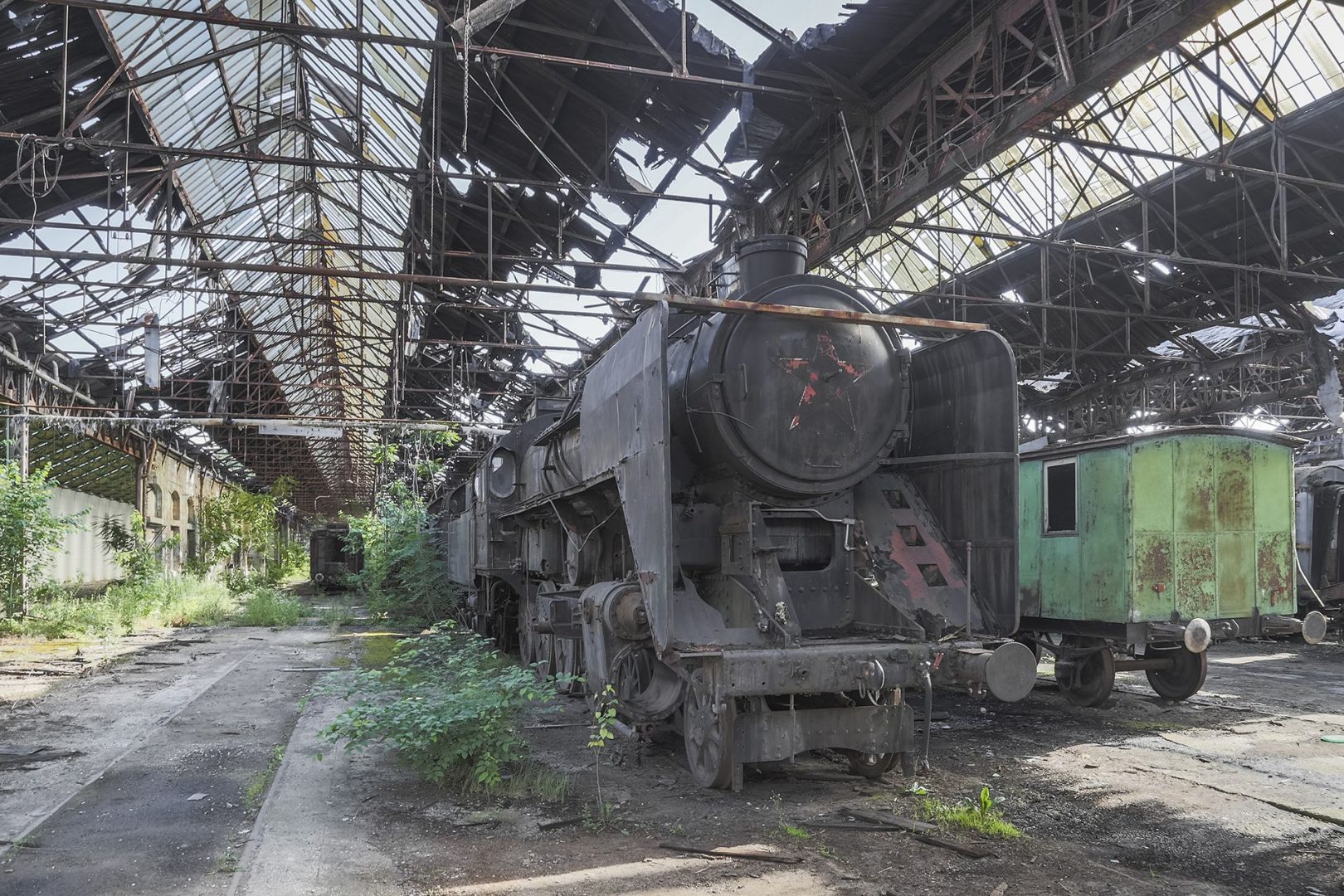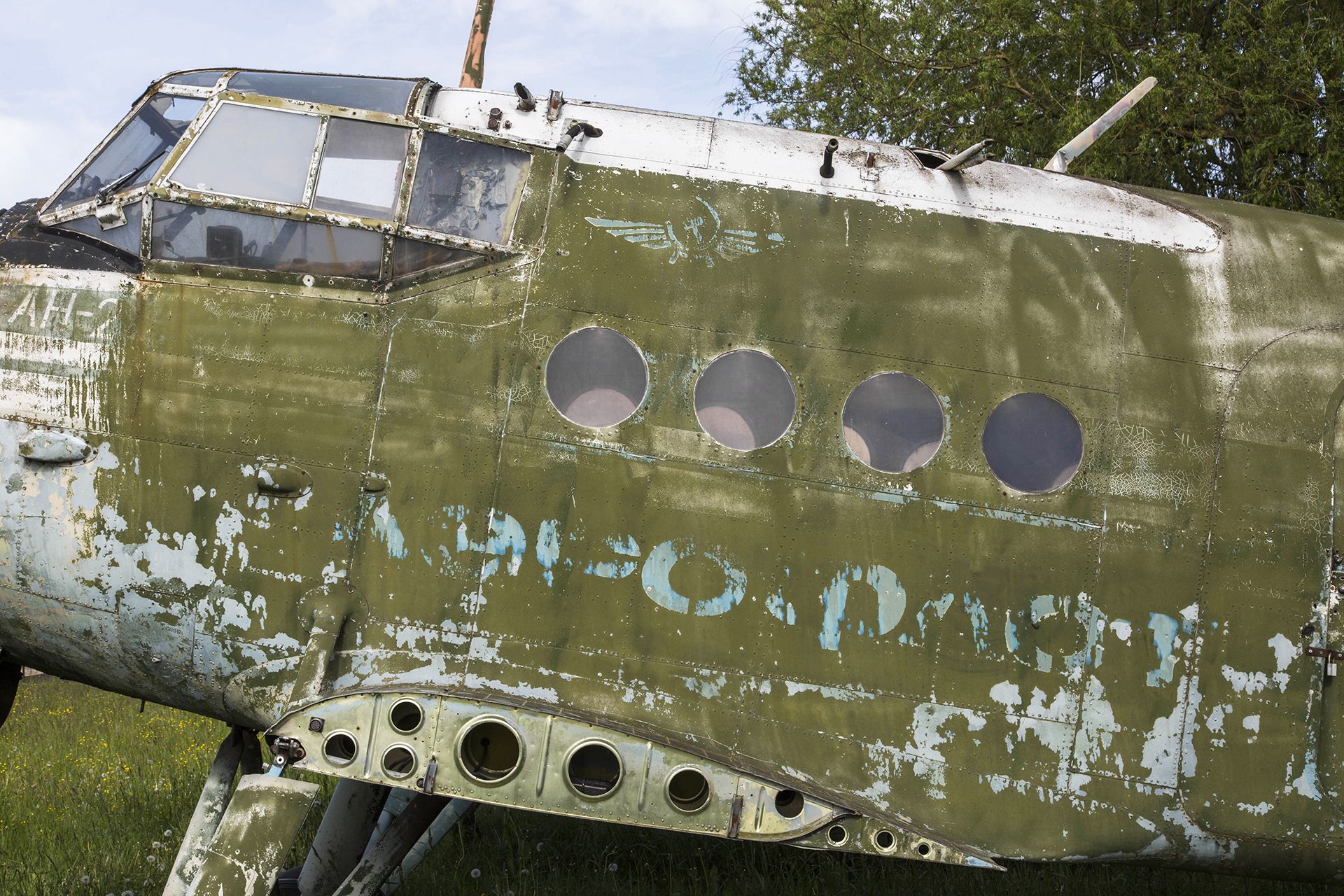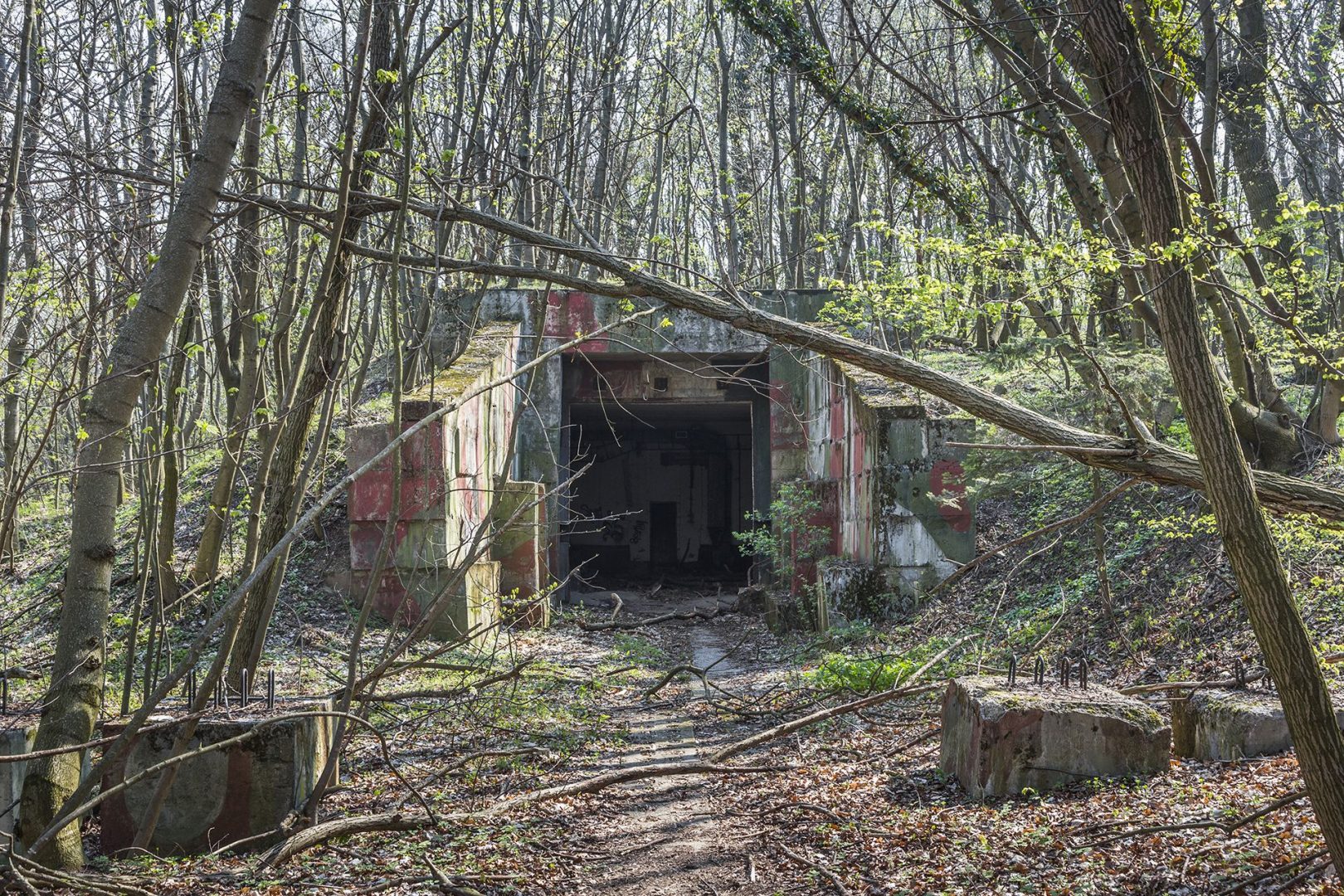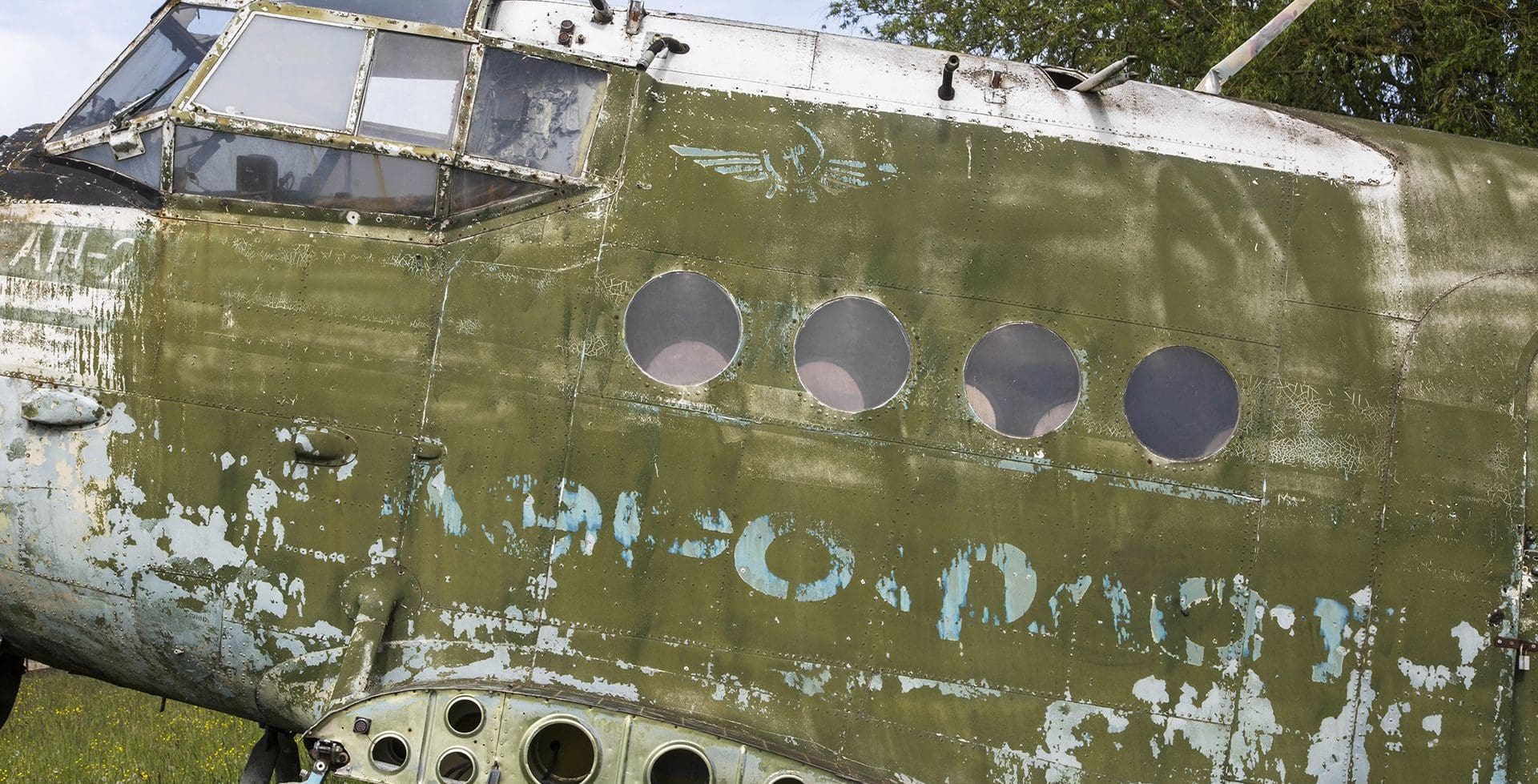Photographer Captures the Decay Of the Soviet Union Around Europe
Regimes come, regimes go, none more publicly than the Soviet Union did when it was abolished in 1991. The impact it left on the world still echoes today, not only in geopolitics but also in the physical world of overgrown hangers long since abandoned by the military and algae clogged pools from old public facilities.
These ruins are dotted all over Europe in the countries that were once part of the Union. There are no formal lists for where they’re located, only hard work and word of mouth can help you find them. Photographer Jonathan “Jonk” Jimenez is one of the very few who have made it a personal mission to find and record these locations in their current states. His photos and adventures have been collected into a single volume called Goodbye Lenin. We had a chat with Jonk about the project, and what it says about how we treat history now, and how it treats us back.
I think last time we spoke it was for Baïkonour – Vestiges du Programme Spatial Soviétique (Baikonur – Remains of the Soviet Space Program), when you finished that book, were you already planning this one?
Baikonour was a very special case. When I went there in April 2018, I had no plan on making a book. It was when I finished processing my pictures that I thought it could make a good one. So I wrote everything about my adventure there and made a lot of research about the Soviet space program for the introduction. Exactly one year after the trip, I proposed the book project to the publisher who said yes, and 6 months later it was released. It was the fastest book I ever made!
Goodbye Lenin is very different. I started shooting pictures for the project at the beginning of 2015. I kept on doing so for 4 years. Little by little, the idea of making a book grew as I realised I started to have a lot of quality material on that particular subject of abandoned Soviet places in Eastern Europe. So I kept on travelling, I visited all of Eastern Europe in 16 trips. So regarding your question, the answer is yes!
How did you find the sites you set out to photograph?
There are various ways to find them. The first one is through travel blogs. Many travellers writing their adventures tell that they found this or that abandoned Soviet place during their trips.
The second one is through my followers. I start to have a small community and people know my interest in those kind of places, so they send me the locations of the places they know.
The third one is by far the most frequent. I spend hours, even days, searching the satellite views of online maps. I zoom at the maximum level and scroll all over the surface of the country looking for anything that can look abandoned (holes in the roof, for example). I recently planned a trip to Armenia, it took me six days to scroll the whole country!
What is it about Soviet ruins you’re drawn to?
First of all, I love the atmospheres, the peace that I find there. It’s like the outside world stopped and has no influence on it. Just time, and that is exactly what I like to see: the beauty of the spectacle of time passing. Rust, decaying and peeling painted walls, broken windows, nature taking over to create unbelievable, highly photogenic sceneries.
Then about the Soviet side of your question. I have been fascinated by Soviet imagery for a long time so the subject imposed itself to me. Propaganda posters, statues, banners with slogans, I feel a lot of strength in all that and I think that this strength appears through the pictures.
At the moment around the world we’re seeing a lot of monuments to the past being torn down or replaced, in light of your subject matter, what do you think about this?
Well actually, the same happened 70 years ago in USSR when Stalin statues were torn down almost everywhere. And it was actually more or less for the same reason. Not because of slavery but because of a very hard dictatorship.
When he died, Communist leaders feared for an exhaustion of Communism engagement, like when a difficult page of history has been turned, so they kind of rewrote history. They gave to Lenin the good role (which had actually not been much better than Stalin’s) and erected statues of him everywhere instead! The regime could stand for a few more decades then.
During your trips, did you see much evidence of Soviet projects that were co-opted and actively maintained?
Yes, really. Many places are guarded, some are even maintained and being redeveloped.
Some are redeveloped into totally different things but some are maintained or renovated for what they are. The most famous example is Buzludzha, the House-Monument of the Bulgarian Communist Party. Over the years several projects have been put on the table to save that incredible location and it looks like this time is the good one.
If we were going to follow in your footsteps, which sites would you absolutely recommend?
Well, I would recommend Chernobyl. First because it holds everything you can wish for about Soviet vestiges. Then because it’s quite easy to visit. I am actually a guide there, I’ve been bringing people for about two years so if someone is interested, they can write me!
Any you’d warn us away from?
Baikonur! It was a very hard adventure to get there. Really commando military style infiltration. This is not for everyone… I tell everything in the book.
Did you ever get into any sketchy situations?
Yes. As recently as two days ago, I was visiting an abandoned high school, I made an alarm ring, got caught by the security and put outside. But this was nothing.
When they see I am there only to take photo (and not to steal or break), there is usually no consequences. I have been chased by dogs, bitten by dogs, threatened with a rifle… I think I had no problem regarding all the places for Goodbye Lenin.
Did you ever manage to talk to the locals about their opinions on these old artifacts?
Yes. And it’s very interesting to hear those opinions. It is either one extreme or the other. Either they see USSR as the hardest times they knew, or they are nostalgic of it and would do anything to live in that time again.
What do you hope people take away from your book?
I did a lot of research to put my pictures into context. I talk about all the former Soviet Socialist Republics in Eastern Europe: Estonia, Latvia, Lithuania, Belarus, Ukraine and Moldova, but also the countries called satellites: Eastern Germany, Poland, Czechoslovakia, Hungary, Romania and Bulgaria. Each country also has an introduction that tells its history relative to USSR.
I also wrote a long introduction about Soviet life and how it spread to those countries.
Every time there is a text written in Cyrillic characters in the picture, I wrote the translation. So I would be very happy if people could learn something by reading the book. And I think they really can.

